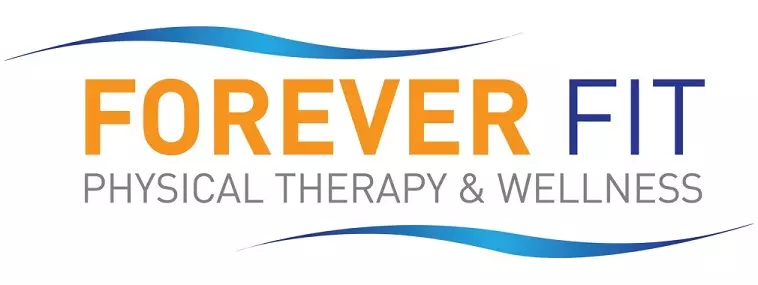If you’ve ever sprained your ankle, pulled a muscle or felt pain after a hard workout, you may have had a soft tissue injury. After sustaining a soft tissue injury, you’ll likely experience localized pain and other symptoms. For example, after spraining your ankle, you might experience foot and ankle pain. Soft tissue injuries are relatively common and can affect people of all ages. Research shows that people in the United States experienced 62 million injuries in 2023 alone. A soft tissue injury may happen suddenly due to something like a hard collision or a fall. Soft tissue injuries can also build up over time from overuse. The good news is that physical therapy can be an effective way to treat soft tissue injuries and help you heal safely.
What is a soft tissue injury?
Soft tissue injuries affect the soft tissue in your body. Muscles, tendons and ligaments are all examples of soft tissue. These are the stretchy, flexible parts that support your bones and joints. Unlike a broken bone, soft tissue injuries don’t necessarily show up on X-rays. However, they can still be very painful and limit how you move.
Soft tissue injuries can happen in many different ways. Here are some of the most common types:
- Muscle strain — Happens when a muscle is overstretched or torn. A pulled hamstring is a kind of muscle strain.
- Ligament sprain — Happens when a ligament is stretched or torn. An ankle sprain is a kind of ligament sprain.
- Tendinitis — Inflammation in a tendon caused by overuse. Achilles tendinitis, which affects a tendon that runs along the back of your ankle, is an example of tendinitis.
- Bursitis — Swelling in a small fluid-filled sac called a bursa that cushions joints
- Contusion — A bruise from a direct blow that causes bleeding under the skin
Soft tissue injuries often happen during sports, exercise, falls or repetitive work. While some soft tissue injuries can heal on their own, physical therapy can help speed up recovery and prevent long-term problems.
How do physical therapists treat soft tissue injuries?
When you have a soft tissue injury, your physical therapist will start with a full evaluation. They’ll ask about your symptoms, look at how you move, and gently test your strength, flexibility and posture. Based on what they find, they’ll create a personalized treatment plan just for you.
Here are some evidence-based ways a physical therapist may treat a soft tissue injury:
- Guided exercises — Once your body has had some time to heal, gentle exercises can help improve movement and build strength. Your physical therapist will guide you through stretches and exercises that are safe and effective for your specific injury. You won’t be asked to push through sharp pain. Instead, your physical therapist will slowly increase the challenge of each exercise as you improve.
- Manual therapy — Manual therapy is a type of hands-on care used by physical therapists. It may include massage, joint mobilization or gentle stretching of the affected area. Manual therapy can help calm the area around your injury, reduce stiffness and allow better movement. This approach can be especially helpful for managing pain and improving scar tissue following a soft tissue injury.
- Graston Technique® — For certain soft tissue injuries, your physical therapist may use tools to help guide healing. One example of an instrument-assisted approach is the Graston Technique, which uses stainless steel tools to apply gentle pressure to areas of tightness. This technique can reduce protective tension around an injury, encourage healthy blood flow and help tissue move more freely.
- Education and movement training — The causes of soft tissue injuries are not always obvious. Sometimes, soft tissue injuries happen because of poor posture, muscle imbalances or the way you move throughout the day. If these patterns aren’t corrected, your injury may worsen and you might be at a heightened risk for further injury. Your physical therapist can watch how you move and identify any habits that may be adding stress to your body. Then, they can teach you how to use better body mechanics. This might mean learning to sit, stand or lift in safer ways. It might also mean adjusting your environment with tools like an ergonomic chair or keyboard. Identifying and addressing the root cause of your injury can be key to long-term recovery and injury prevention.
Get your soft tissue injury treated by a licensed physical therapist at Forever Fit
Whether you’ve pulled a muscle, sprained your ankle or are dealing with ongoing tendinitis, you don’t have to go through it alone. Forever Fit is here to help you through each step of your recovery. You can access comprehensive care tailored to your personal injury and recovery goals at any of our locations across the state of Maryland.
Ready to move freely and live fully again after your soft tissue injury? We’re here to help you! Give us a call today or fill out our appointment request form to get your initial appointment scheduled with us.

